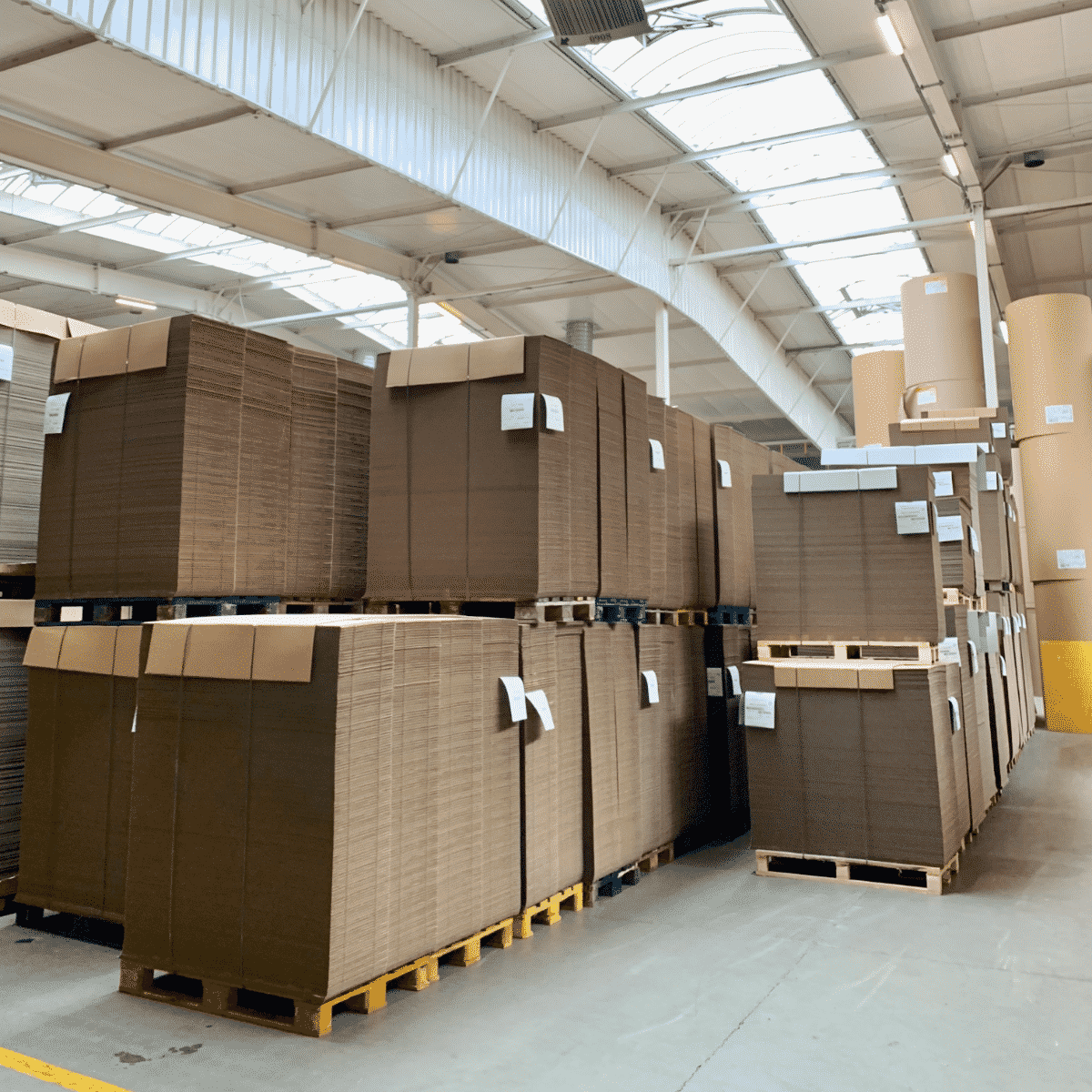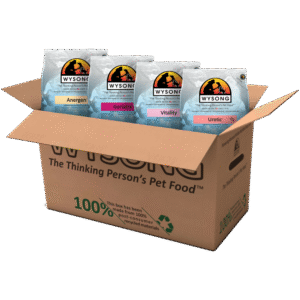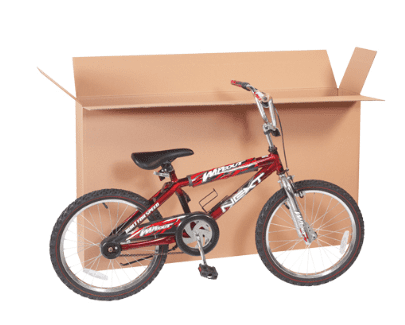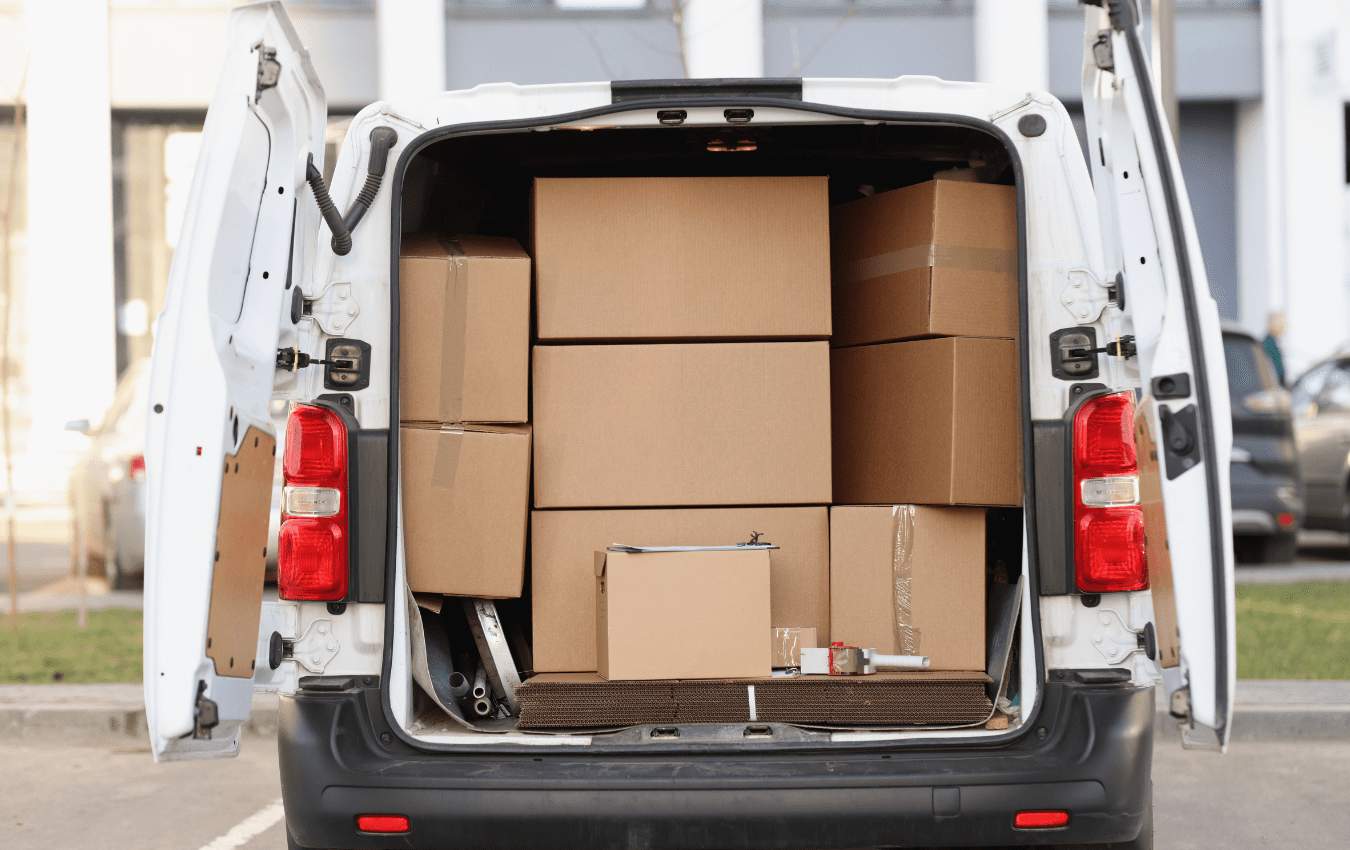Home » Impact of Recycled Fiber Content on Corrugated Box Durability
Impact of Recycled Fiber Content on Corrugated Box Durability

Incorporating recycled fiber into corrugated board is essential for sustainability goals, but it directly affects the mechanical properties of packaging. Understanding how fiber composition influences durability allows packaging engineers to strike the right balance between performance and environmental impact.
Fiber Strength and Recycling Cycles
- Virgin Fiber: Longer, more intact cellulose fibers that offer superior tensile and compression strength.
- Recycled Fiber: Shorter fibers due to repeated processing; reduced bonding potential and stiffness.
- Fiber Degradation: Each recycling cycle shortens fibers, leading to diminished ECT and burst resistance.
Mechanical Trade-Offs
- High Recycled Content: Lower material cost and improved sustainability metrics, but reduced edge crush strength and puncture resistance.
- Mixed Fiber Blends: Commonly used to maintain performance while increasing recycled content.
Moisture Sensitivity
- Recycled fibers tend to absorb and retain more moisture, accelerating loss of stacking strength in humid environments.
- Sizing agents and moisture-resistant coatings can partially offset this effect.

Testing Protocols
- ASTM D685: Standard practice for conditioning paper and paper products before testing.
- TAPPI T410: Grammage testing to verify consistency in basis weight.
- Long-Term Compression Testing: To monitor creep and compression loss over storage periods.
Application Guidelines
- Use higher recycled content in light-duty e-commerce boxes where high stacking strength isn’t required.
- Retain virgin outer liners for high-performance applications like industrial goods or long-distance freight.
References
ASTM International. (2014). ASTM D685-14: Standard practice for conditioning paper and paper products for testing. ASTM International. https://www.astm.org/d0685-14.html
Technical Association of the Pulp and Paper Industry. (2013). TAPPI T410 om-13: Grammage of paper and paperboard. TAPPI. https://www.tappi.org/content/store/shared/T410.html
Fibre Box Association. (2023). Corrugated recycling and performance considerations. Fibre Box Association. https://www.fibrebox.org
As tariff changes reshape global trade, packaging buyers moving production from China to the U.S. or nearshore regions face a new challenge: supplier qualification. Transitioning supply doesn’t end once a
With new tariff proposals and continued trade uncertainty, 2026 is shaping up to be another pivotal year for packaging sourcing strategy. Many companies that shifted production away from China in
Following multiple rounds of tariff changes and trade policy adjustments, 2026 marks a turning point for U.S. packaging buyers. Many who previously transitioned from China to domestic or nearshore suppliers
Shifting packaging production from China to the U.S. can help stabilize costs, reduce tariff exposure, and shorten lead times. But the transition process requires careful planning. For packaging buyers, the
Home » Impact of Recycled Fiber Content on Corrugated Box Durability





